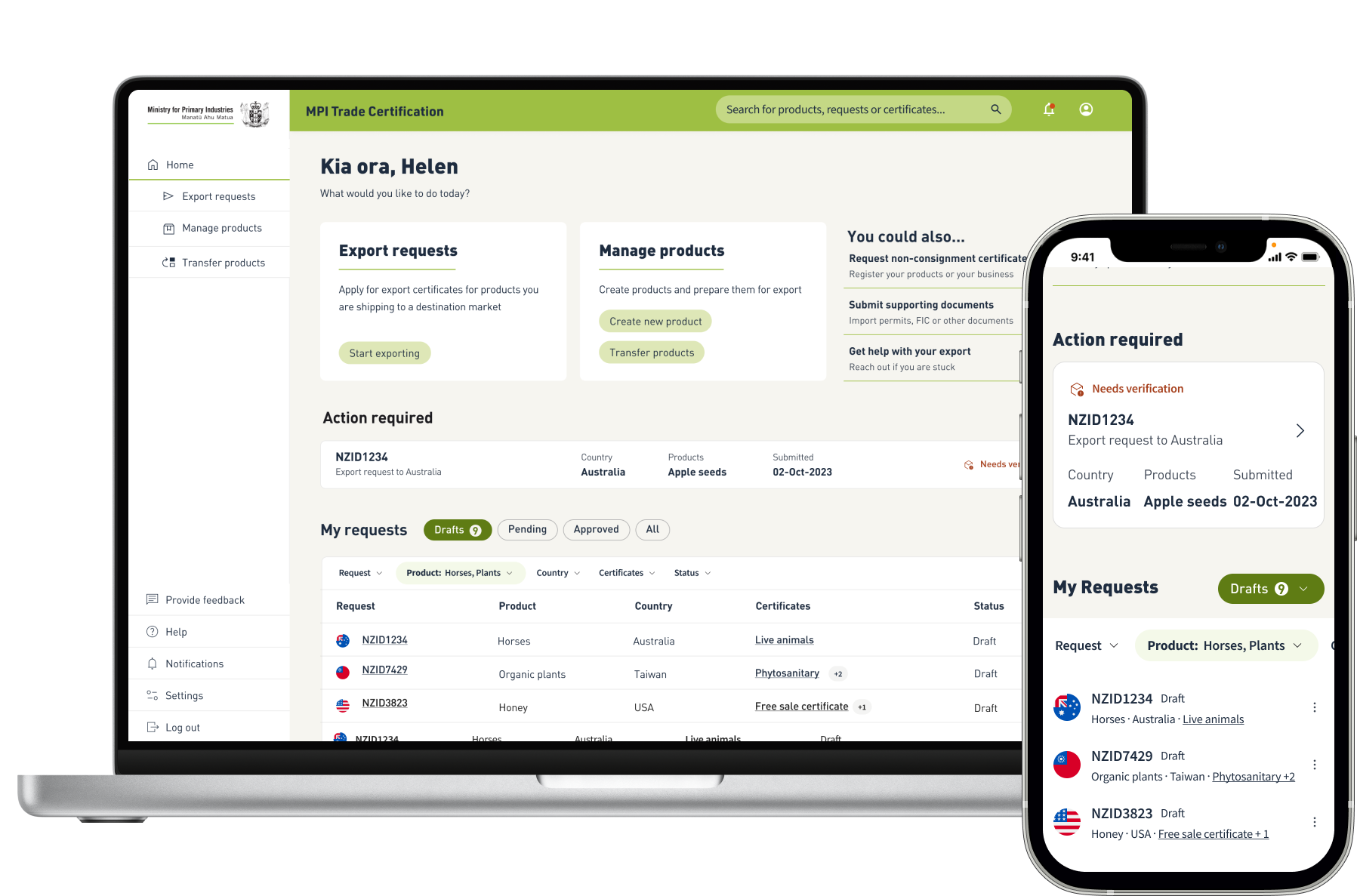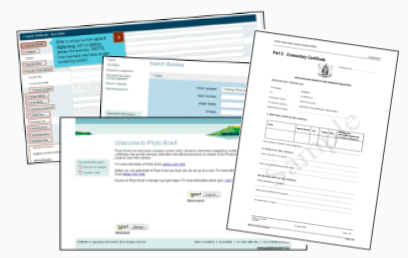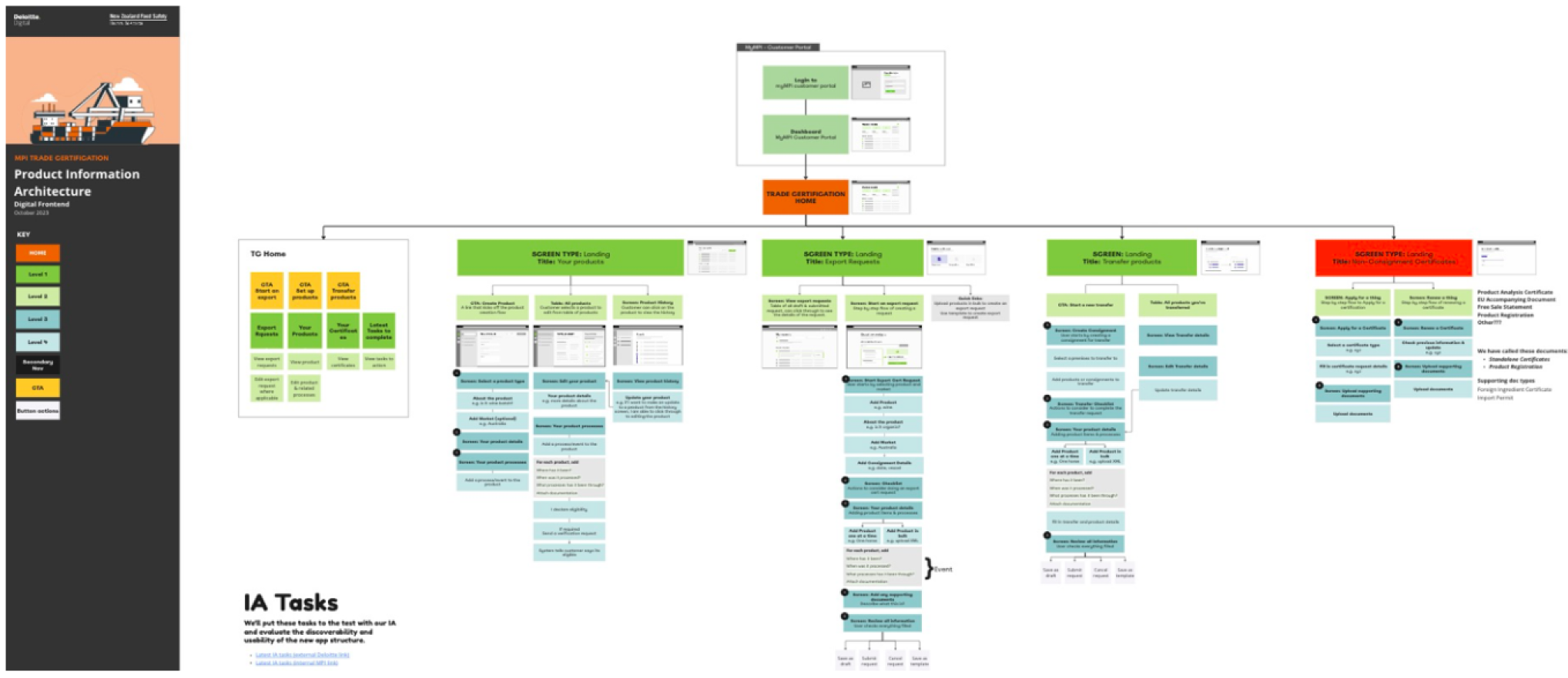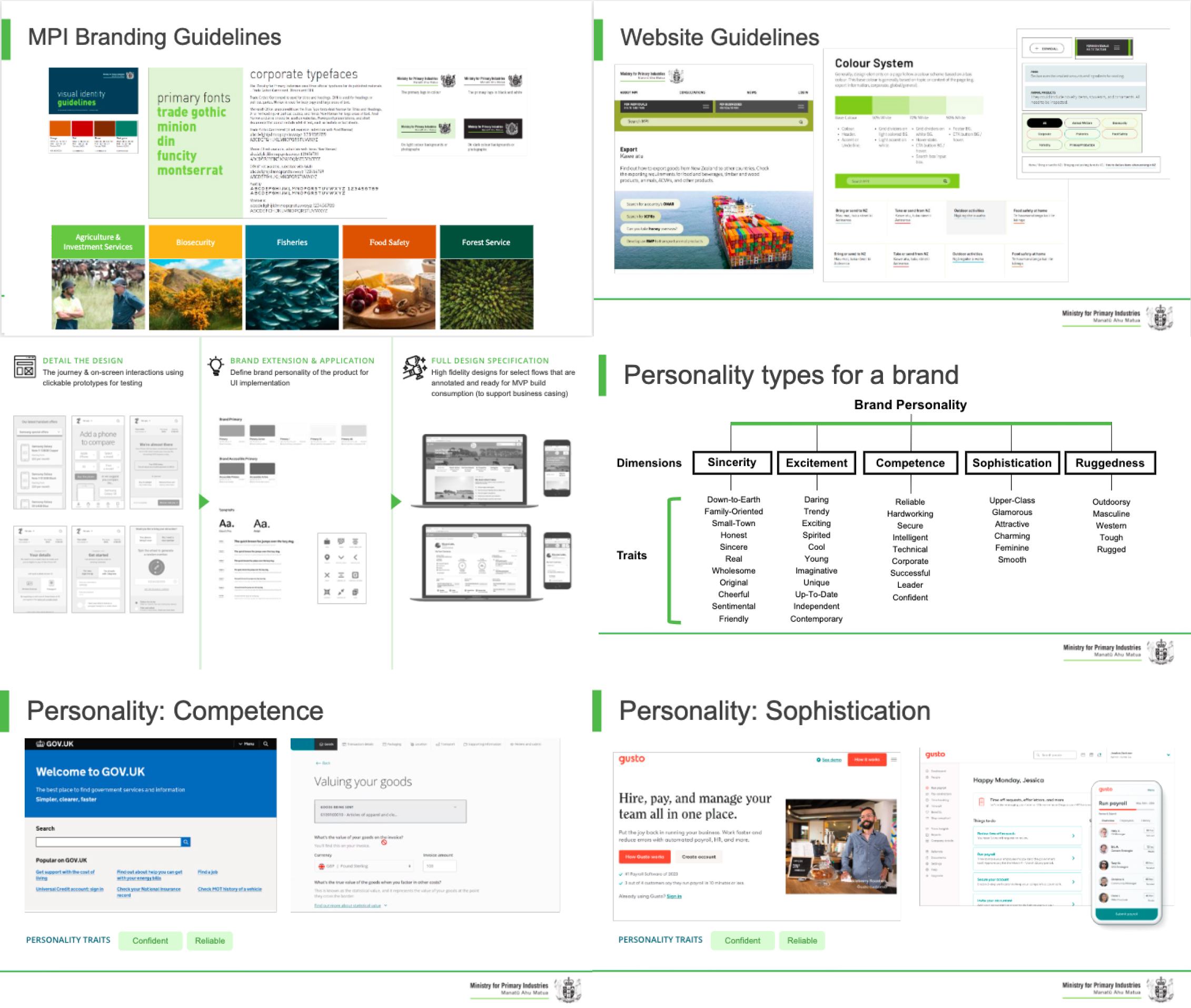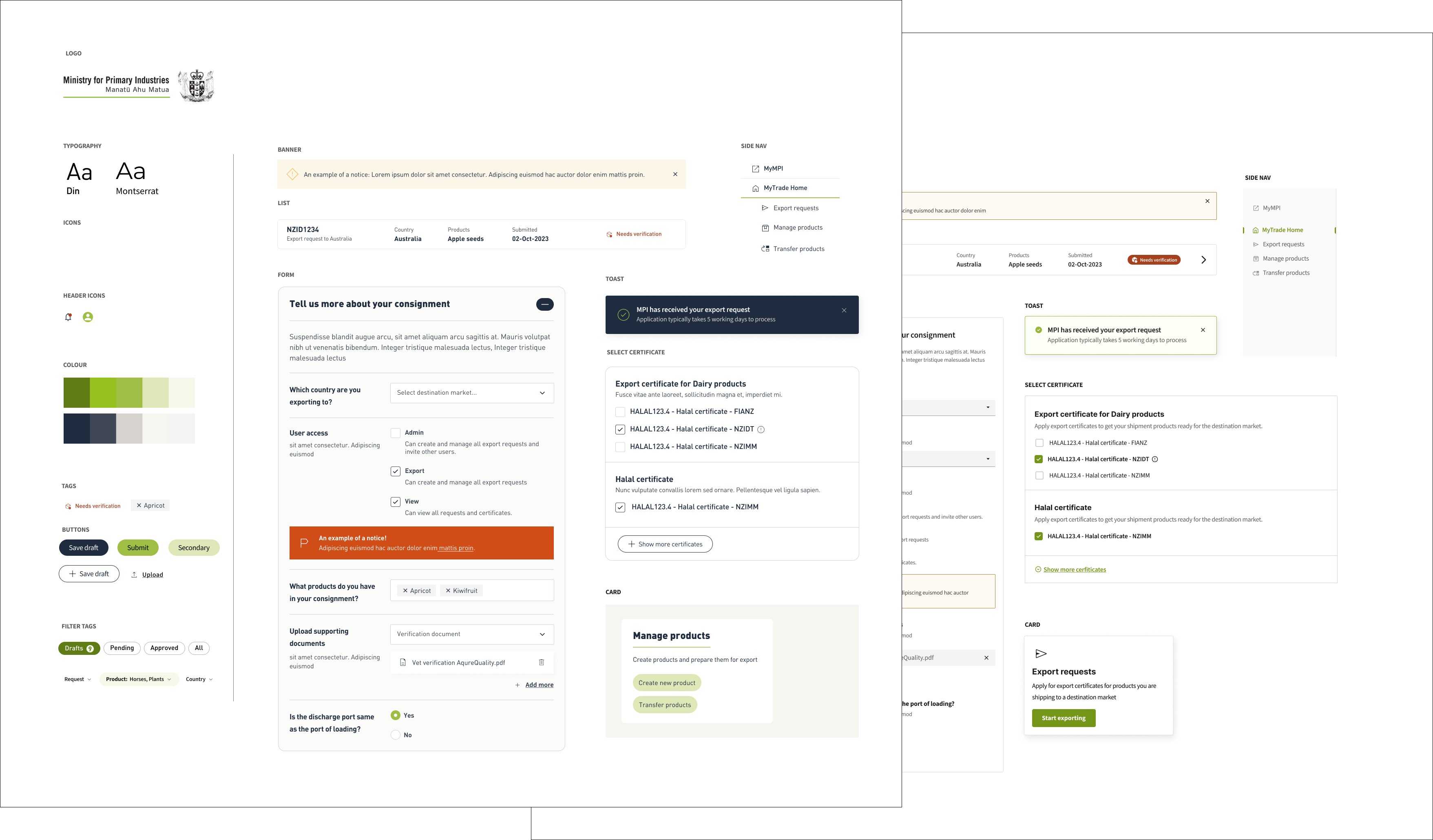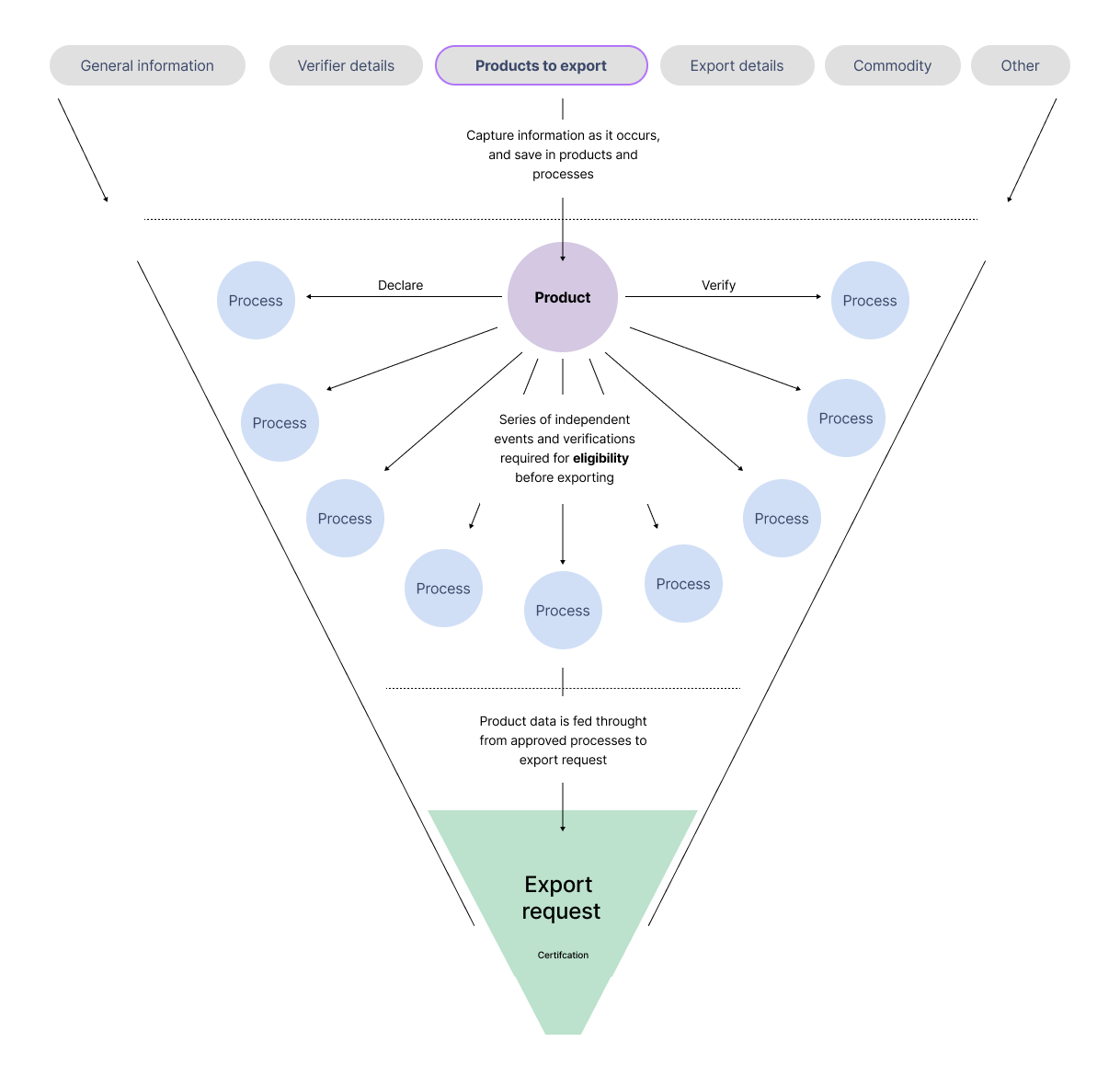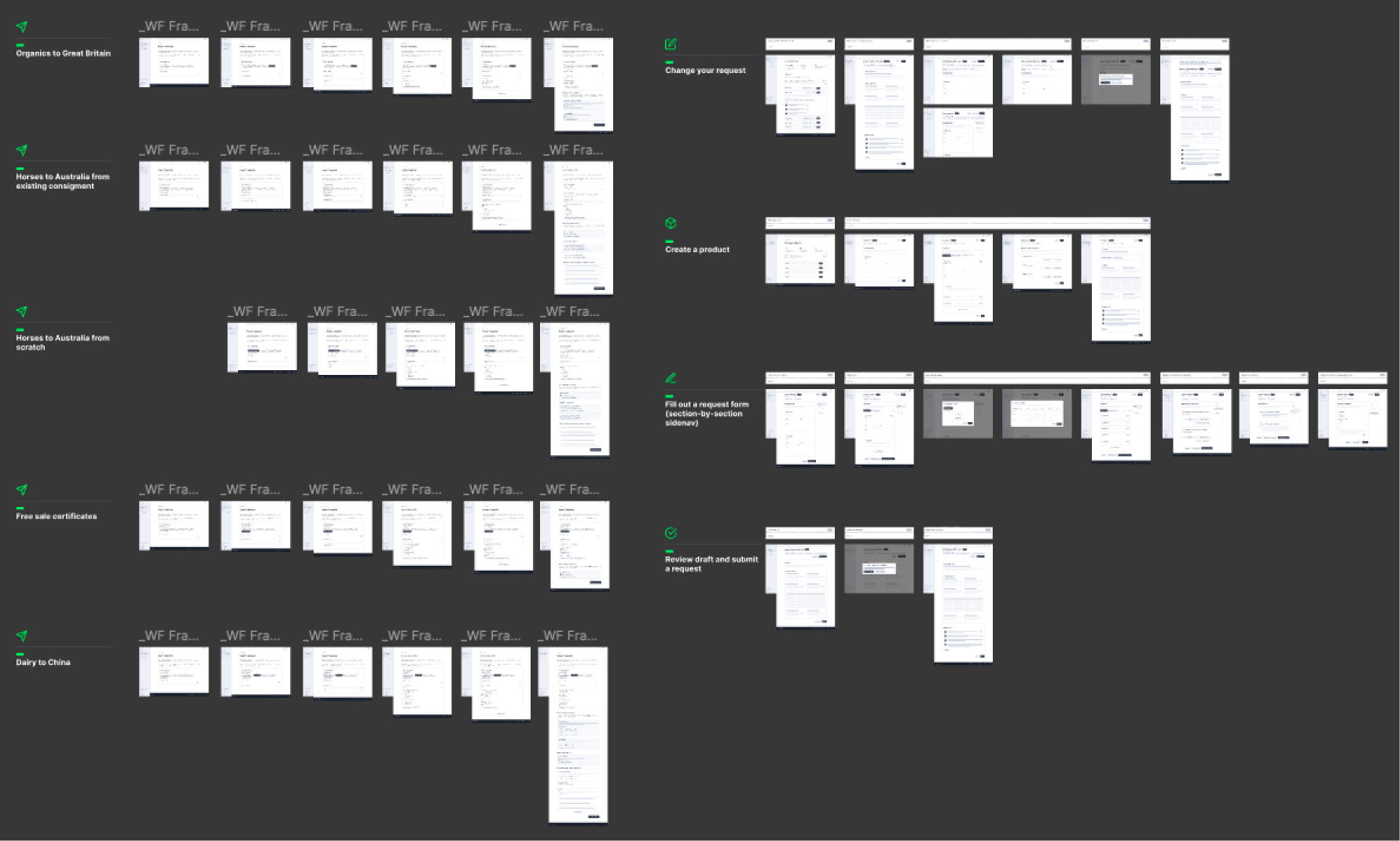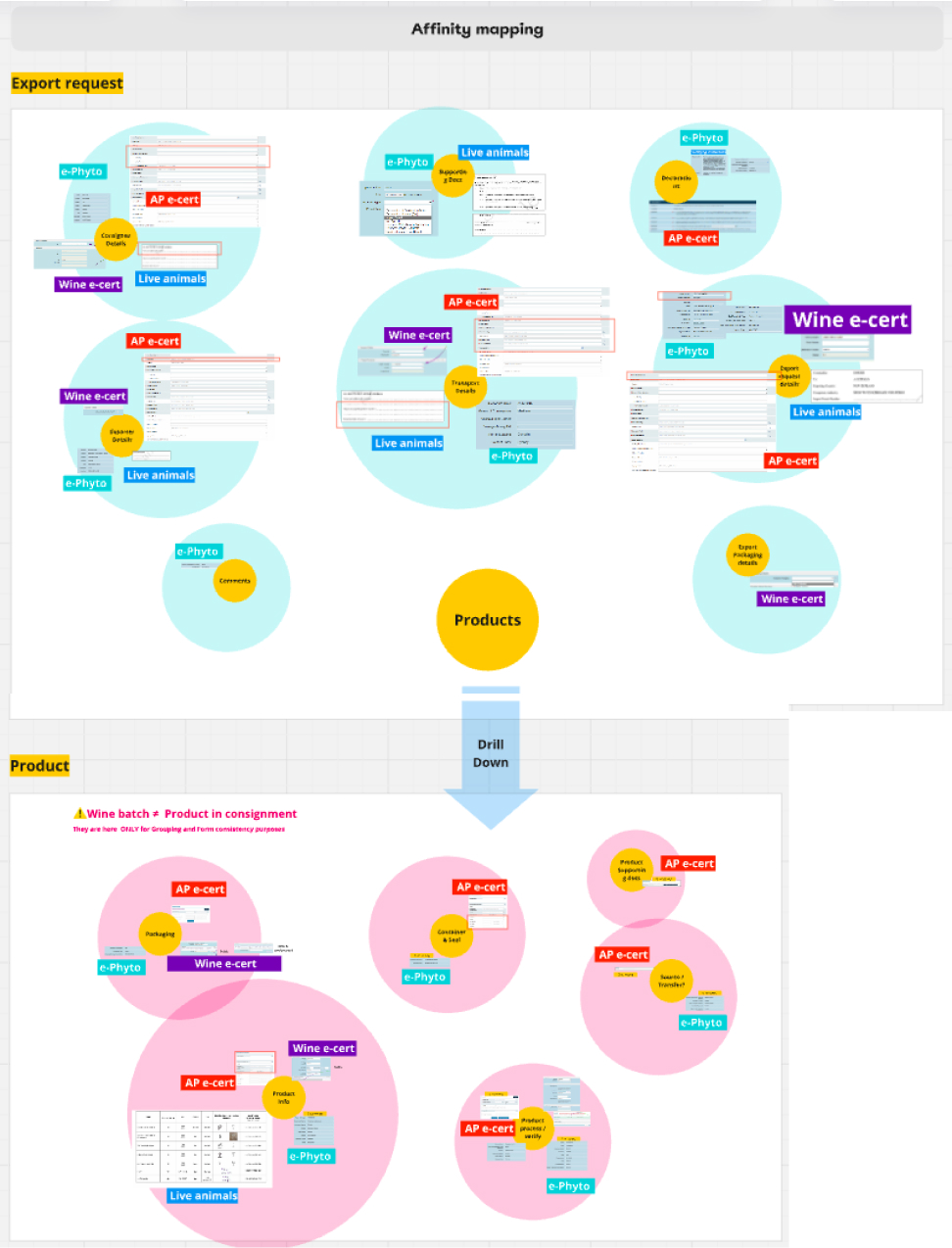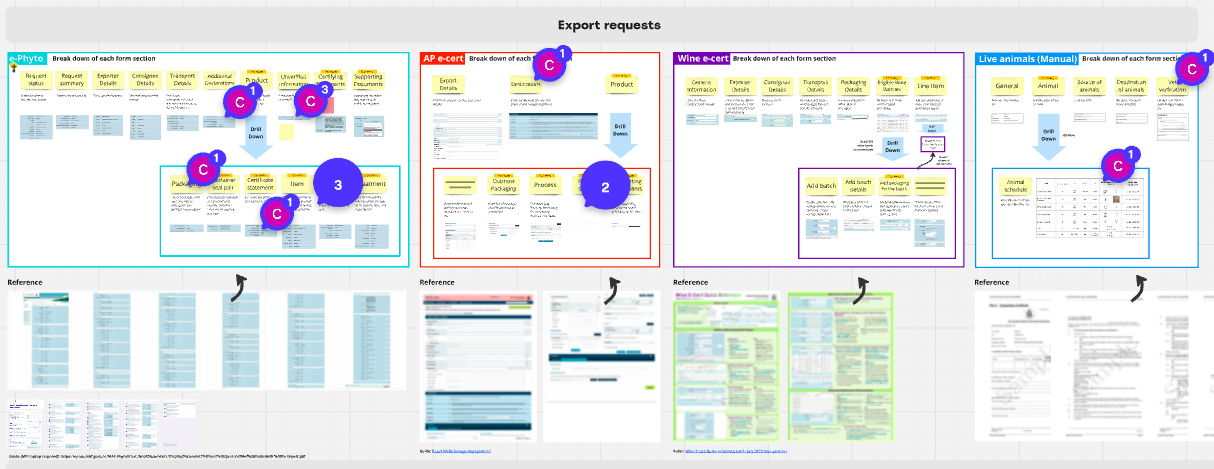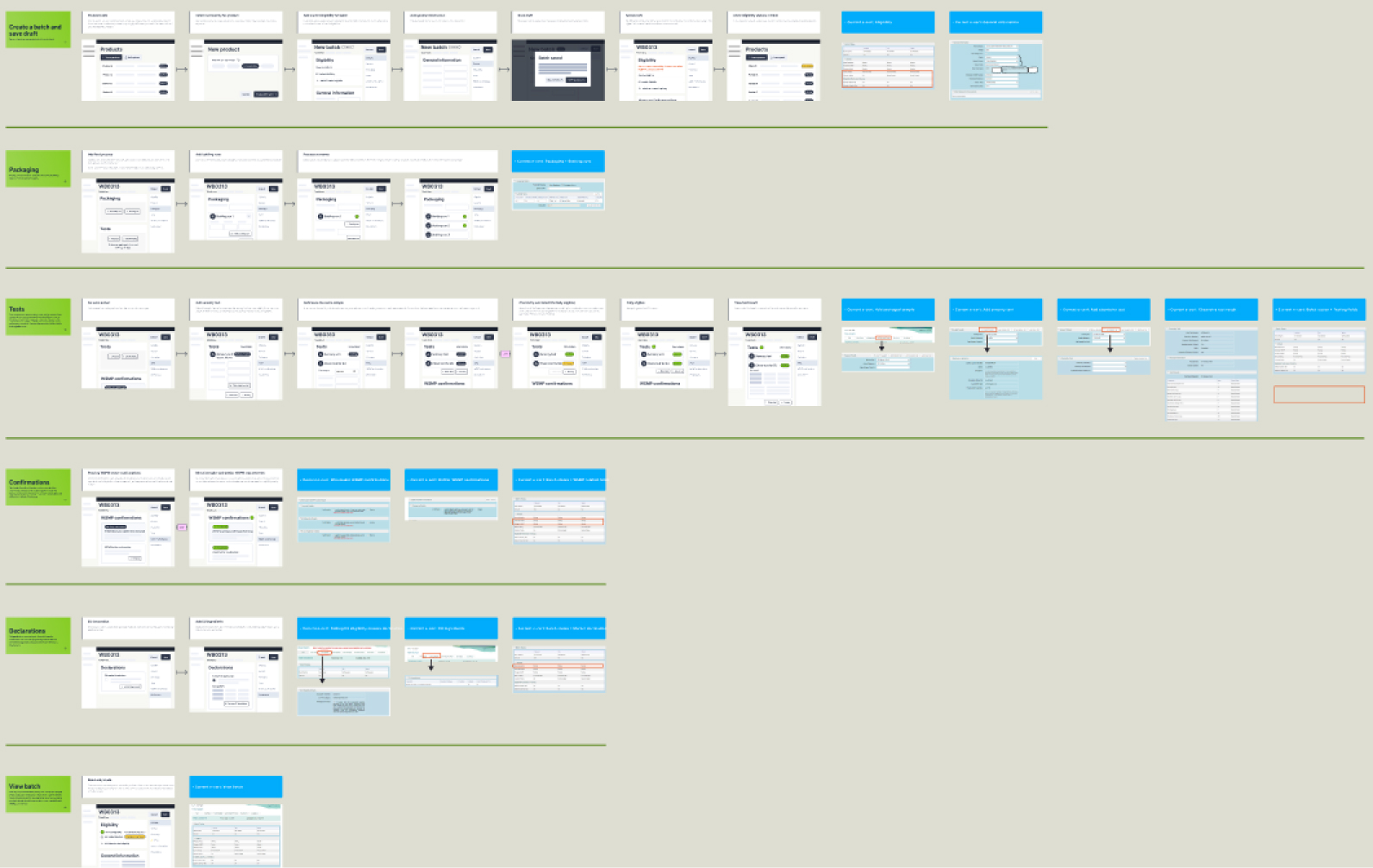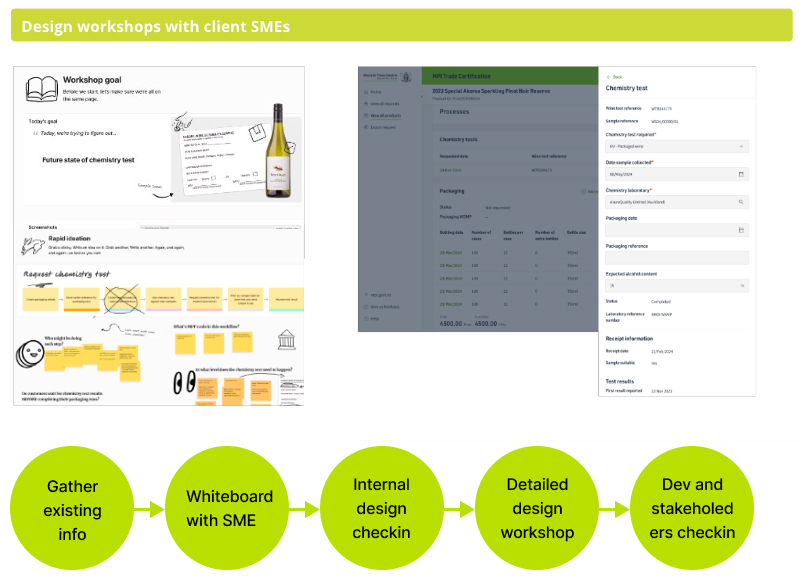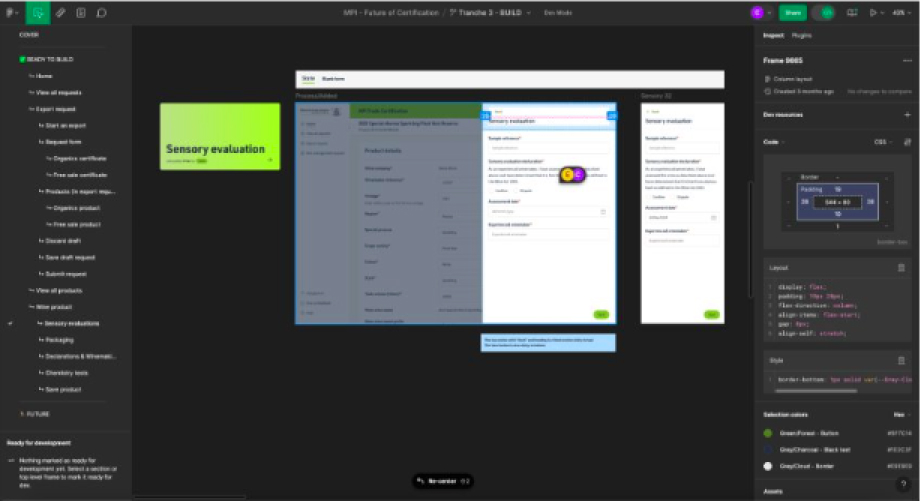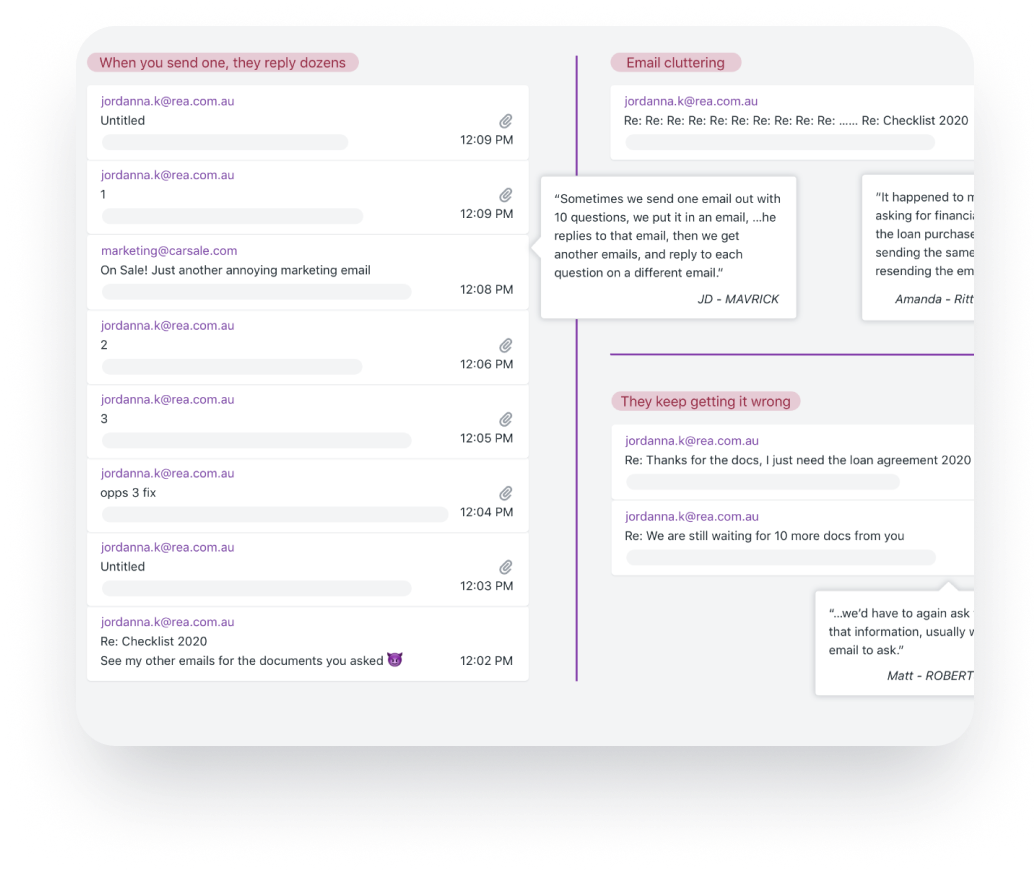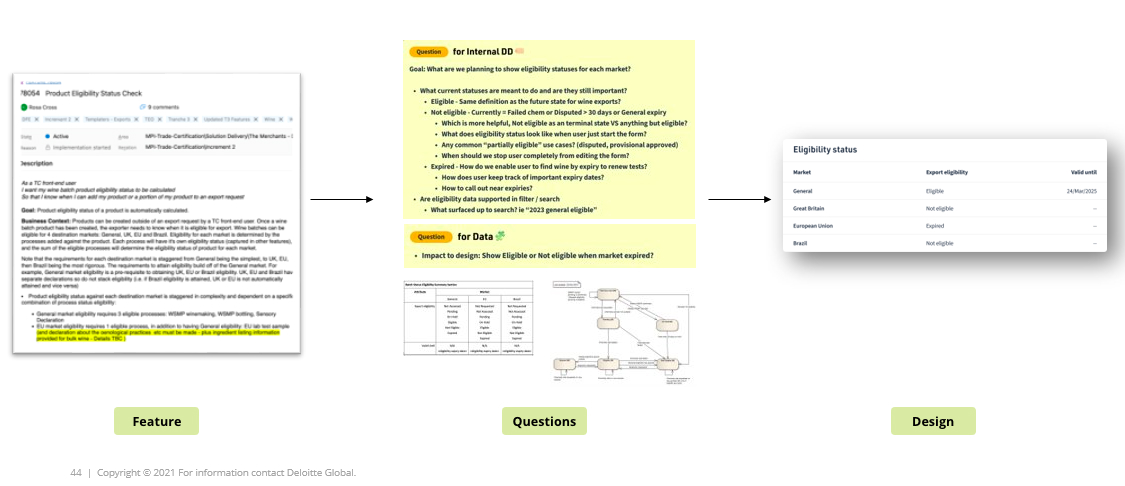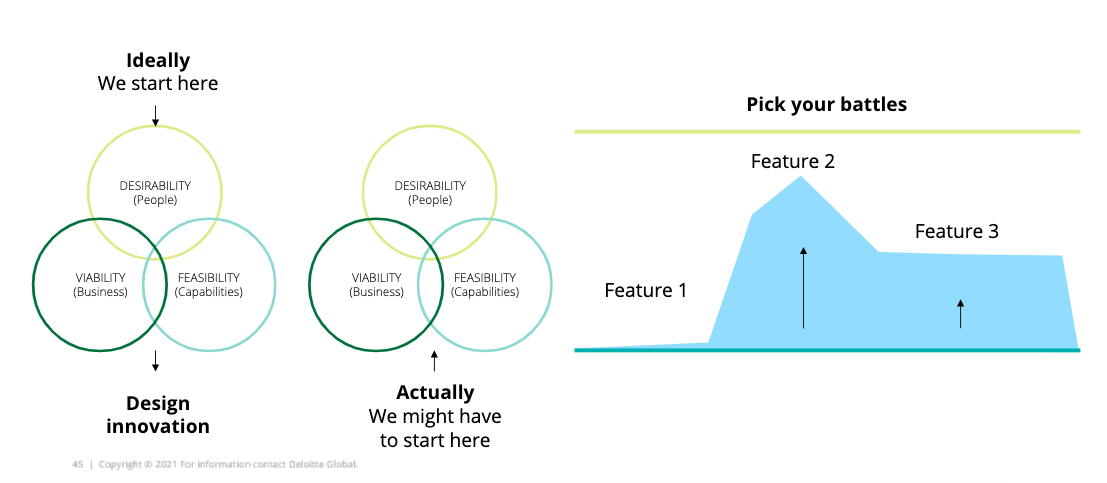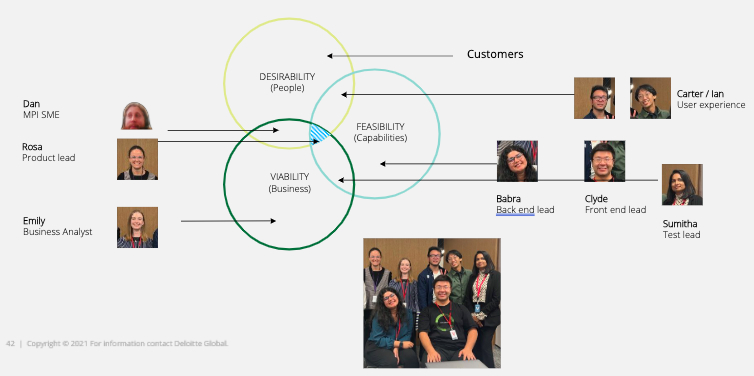Modernising Export for Kiwi Businesses
MPI aims to enhance efficiency for New Zealand exports which accounting for a $57.4 billion of national GDP, they partnered with Deloitte to re-imagine their export certification system and enhance exporter experience. The vision is to replace 3 legacy systems which are costly to maintain or scale and numbers of bespoke Excel sheets with 1 modernised web app.
I was the senior experience designer to co-lead this two-year digital transformation through reimagining a modern digital system to meet export industry's scaling requirements, resulted in building high level of trust with public sector and industry experts.
